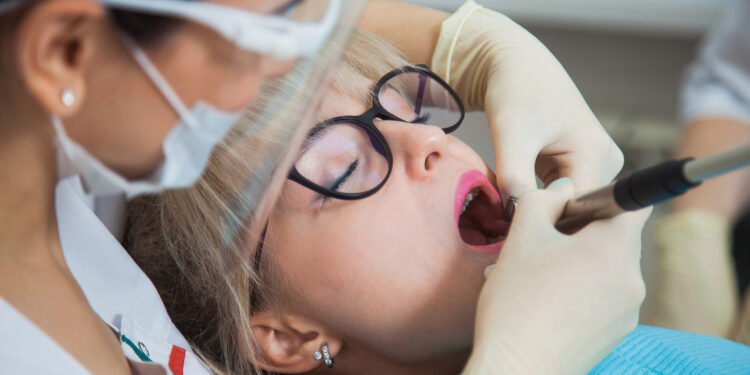Cavities or tooth decay is caused by a range of factors, some of which are bacteria in the mouth, frequent snacking, not cleaning your teeth enough, and sipping sugary drinks. Cavities cause permanent damage and develop into tiny openings or holes.
Anyone with teeth can get cavities, including infants. If you have cavities and want to know why, read on.
Symptoms
Here are the sign and symptoms of cavities:
-Toothache
-Sudden pain that occurs without any apparent cause
-Mild to sharp pain while eating or drinking something hot, cold, or very sweet.
-Visible holes or pits in your teeth
-Pain while chewing
-Tooth sensitivity
Risk Factors
Everyone with teeth is at risk of getting cavities, but the following factors can increase your risk:
-Tooth location
-Foods like milk, honey, ice cream, sugar, soda, cake, dried fruit, cookies, hard candy, mints, dry cereal, and chips that cling to your teeth.
-Bedtime infant feeding
-Inadequate brushing
-Not getting enough fluoride
-Frequent snacking or sipping
-Dry mouth
-Worn fillings or dental devices
-Heartburn or gastroesophageal reflux disease
-Eating disorders
When to See a Dentist
Often, you won’t be aware that a cavity is forming. That’s why it’s crucial to have regular dental cleanings and checkups, even when your mouth feels fine. However, if you experience mouth pain or a toothache, see your dentist as soon as possible.
Causes
Here’s how tooth decay develops:
-Plaque forms. Dental plaque is formed due to eating a lot of sugars or starches and not cleaning your teeth well. When starches and sugars are left on your teeth, bacteria begin feeding on them and forming plaque quickly.
-Plaque attacks. The acids in plaque get rid of minerals in your tooth’s hard, outer enamel. This causes holes in the enamel. Then, the bacteria and acid reach the next layer of your teeth, called dentin. The dentin has small tubes that communicate with the nerve of the tooth.
-Destruction continues. As tooth decay takes place, the bacteria and acid move to the inner tooth material (pulp) that contains nerves and blood vessels. Since the pulp becomes swollen from the bacteria it expands inside the tooth and the nerve becomes pressed, causing pain.






